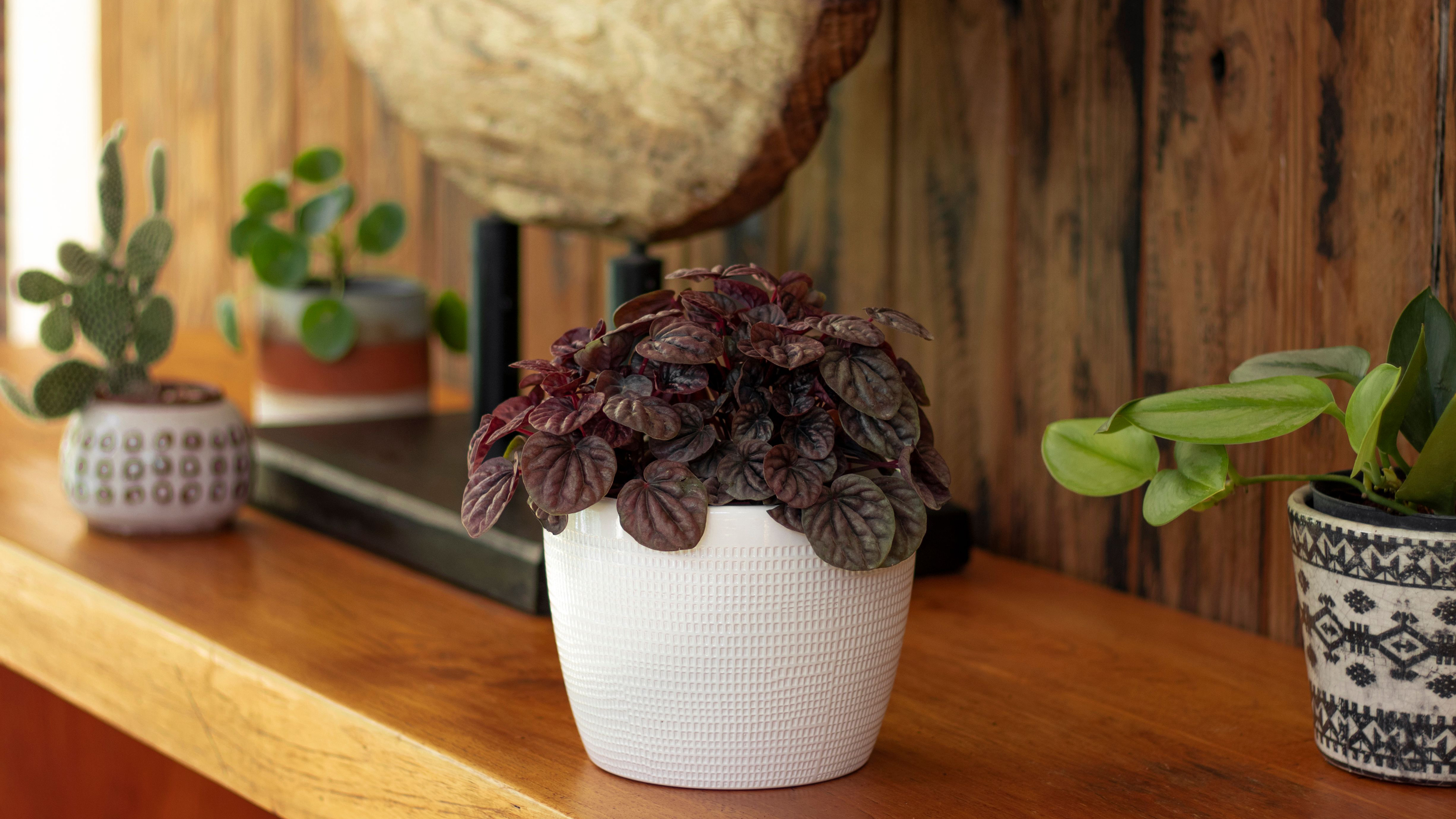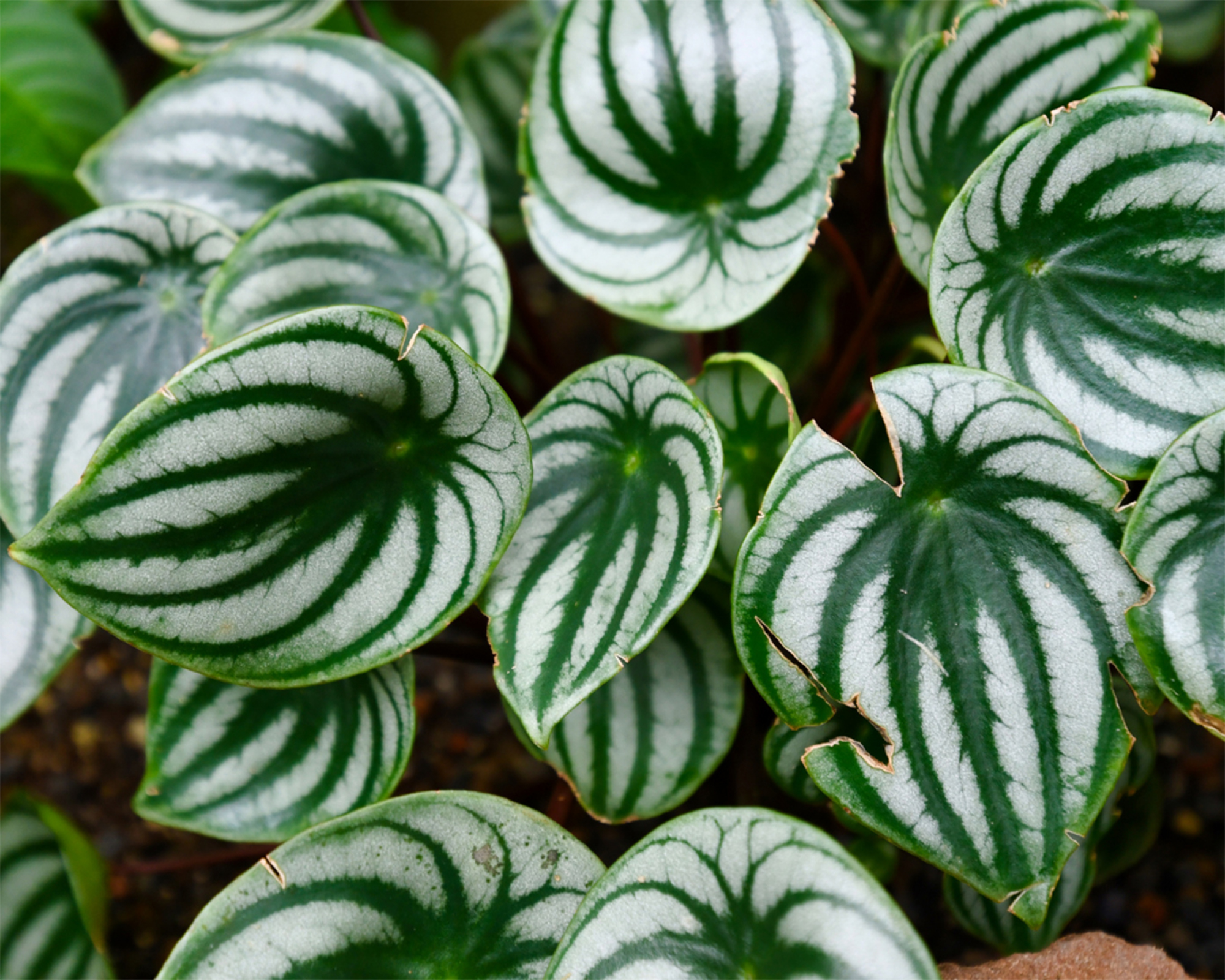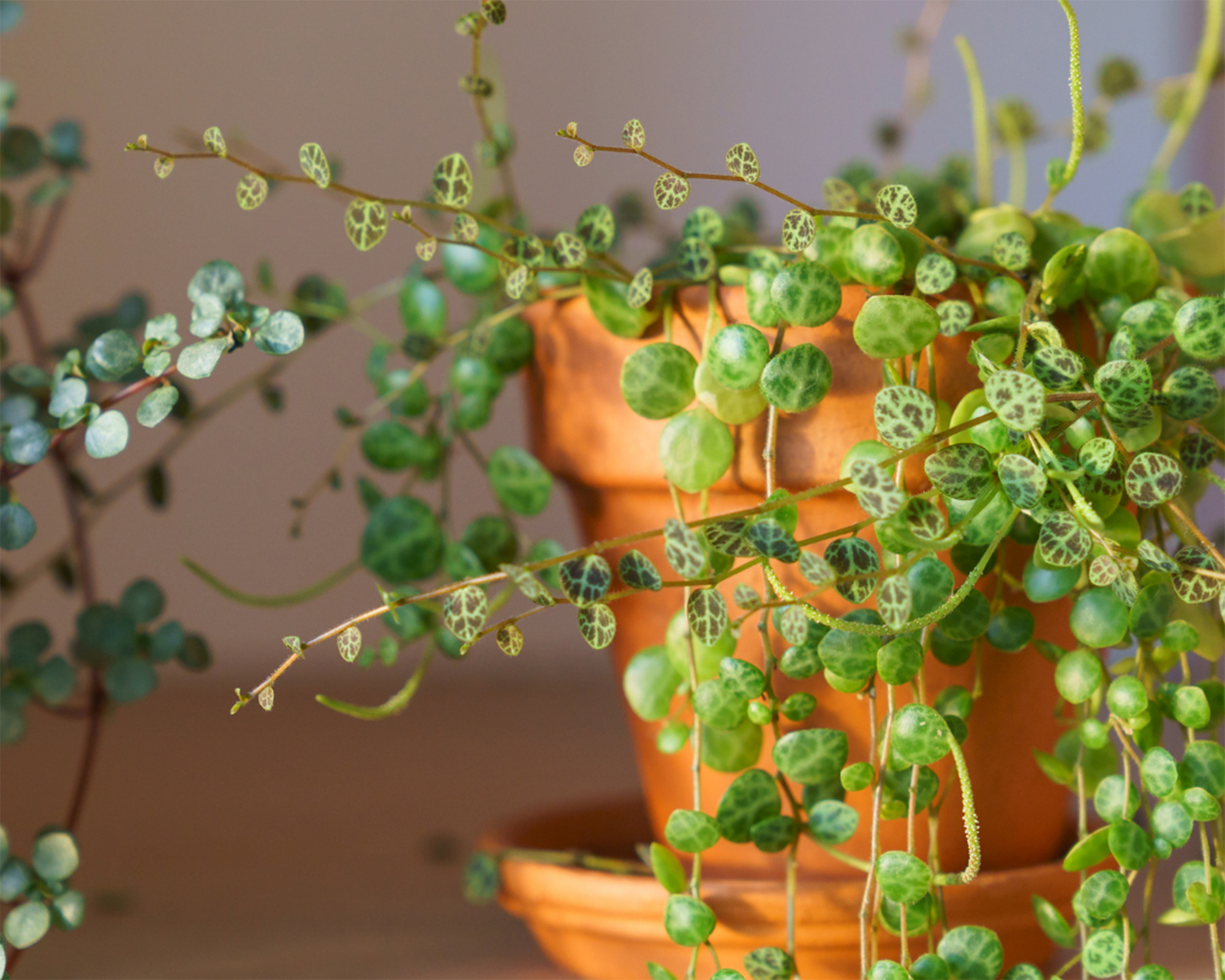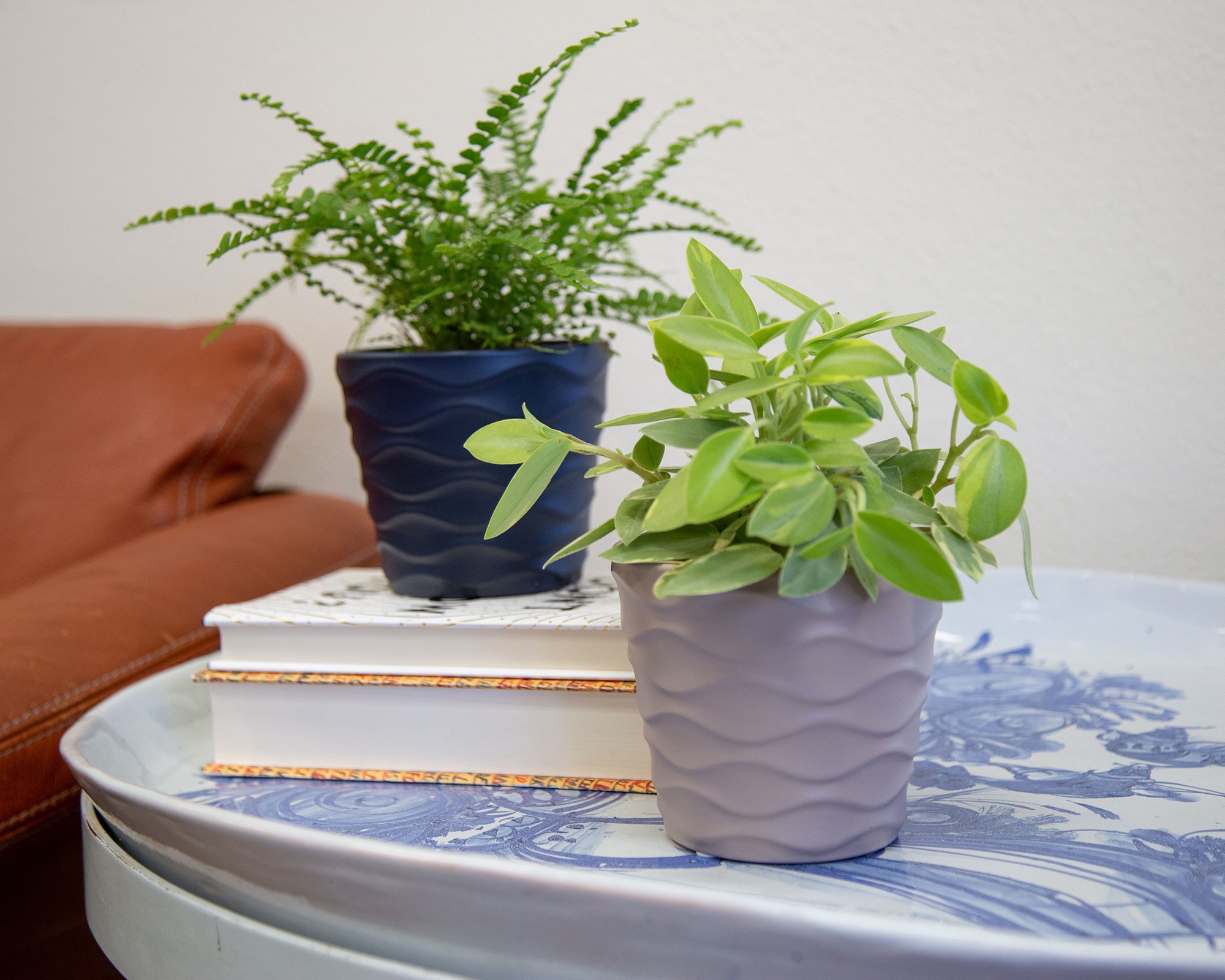The peperomia has been named US National Garden Bureau’s houseplant of the year
Perfect for beginner plant parents, peperomia is a must-add houseplant for your home


The humble peperomia, with its distinctive foliage marking and interesting leaves, has been chosen as the Houseplant of the Year by the US National Garden Bureau, and it is the perfect addition to your indoor garden ideas.
Each year the US National Garden Bureau picks one annual, one perennial, one bulb crop, one edible, and one shrub to celebrate for their ease to grow and versatility. This year, reflecting the growing demand for houseplants, the bureau included the peperomia as one of its plants of the year.

Argyrein
Originally found in the tropical forests and jungles of South America, it’s been sold as a houseplant since the 1930s. More than 1500 species have been recorded, occurring in all tropical and subtropical regions of the world, though concentrated in Central America and northern South America. However, until recently, those suitable for enjoying at home were limited.
'For decades, there were only a handful of varieties to choose from, but with their new popularity and ease of growth, many additional varieties have come to market,' says the Bureau’s spokesperson, Diane Blazek.

Prostrata
Peperomia come from the pepper family, Piperaceae, that provides us with the pepper spice. But they are not of the branch that gives us green, red and hot peppers. Technically, they are edible, but not for human or pet consumption.
There are many types of peperomia, ranging from bushy to trailing, upright, or cascading, from fleshy succulent plants to those with more delicate leaves, which can be pleasingly heart-shaped. Peperomia argyreia has attractive striped white foliage, for instance, Peperomia obtusifolia is glossy and green, Peperomia incana has fluffy and soft leaves and Peperomia prostrata is a delicate trailing variety.

Orbifolia
Many peperomia survive in nature as epiphytes or lithophytes, meaning they grow on other living and non-living things, typically in the understory of the tropics, the layer made up of smaller and soft-stemmed plants and young trees. This means they need little light, making them ideal and adaptable if you’re looking for low light indoor plants.
If you decide to include one of these indoor plants in your home, don’t allow your peperomia plant to become waterlogged. It’s best to grow it in a light houseplant mixture with perlite or coarse gravel mixed in, as it’s important for a peperomia’s roots to receive sufficient air circulation.
If your peperomia starts to wilt, in spite of regular watering, the plant is likely not getting enough oxygen to the roots. Speaking of watering, go sparingly, leaving at least a week at a time, and allowing the soil to dry as deep as five inches in between.

Jayne Dowle is an award-winning gardening, homes and property writer who writes for publications including Sunday Times Home, Times Bricks & Mortar, Grand Designs, House Beautiful and The Spectator. She was awarded the Garden Journalist of the Year accolade at the Property Press Awards in 2021.
